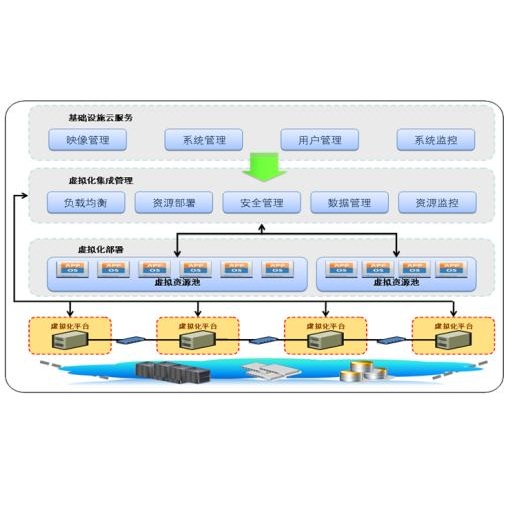A cyber range is an environment used for training security experts and testing attack and defence tools and procedures. Usually, a cyber range simulates one or more critical infrastructures that attacking (red) and defending (blue) teams must compromise and protect, respectively. The infrastructure can be physically assembled, but much more convenient is to rely on the Infrastructure as a Service (IaaS) paradigm. Although some modern technologies support the IaaS, the design and deployment of scenarios of interest is mostly a manual operation. As a consequence, it is a common practice to have a cyber range hosting few (sometimes only one), consolidated scenarios. However, reusing the same scenario may significantly reduce the effectiveness of the training and testing sessions. In this paper, we propose a framework for automating the definition and deployment of arbitrarily complex cyber range scenarios. The framework relies on the virtual scenario description language (VSDL), i.e., a domain-specific language for defining high-level features of the desired infrastructure while hiding low-level details. The semantics of VSDL is given in terms of constraints that must be satisfied by the virtual infrastructure. These constraints are then submitted to an SMT solver for checking the satisfiability of the specification. If satisfiable, the specification gives rise to a model that is automatically converted to a set of deployment scripts to be submitted to the IaaS provider.
翻译:网络范围是一种用于培训安全专家和测试攻击及防御工具和程序的环境,通常,网络范围模拟一种或多种关键基础设施,攻击(红色)和保卫(蓝色)小组必须分别妥协和保护。基础设施可以实际集合,但更方便的是将基础设施作为服务(IaaS)范式来依赖基础设施。虽然一些现代技术支持IaaS,但设计和部署感兴趣的设想情景主要是手工操作,因此,通常的做法是拥有一个网络范围,容纳少数(有时只有一个)综合设想情景。然而,再次使用同样的情景可能大大降低培训和测试会议的效力。在本文件中,我们提议了一个框架,用以自动定义和部署任意复杂的网络范围设想情景。框架依赖虚拟情景描述语言(VSDL),即一种特定域语言,用以界定理想基础设施的高层次特征,同时隐藏低层次的细节。VSDDL的语义是虚拟基础设施必须满足的制约因素。这些制约因素随后提交SMTS的设置标准,即SMTS可自动转换成S的版本标准。



